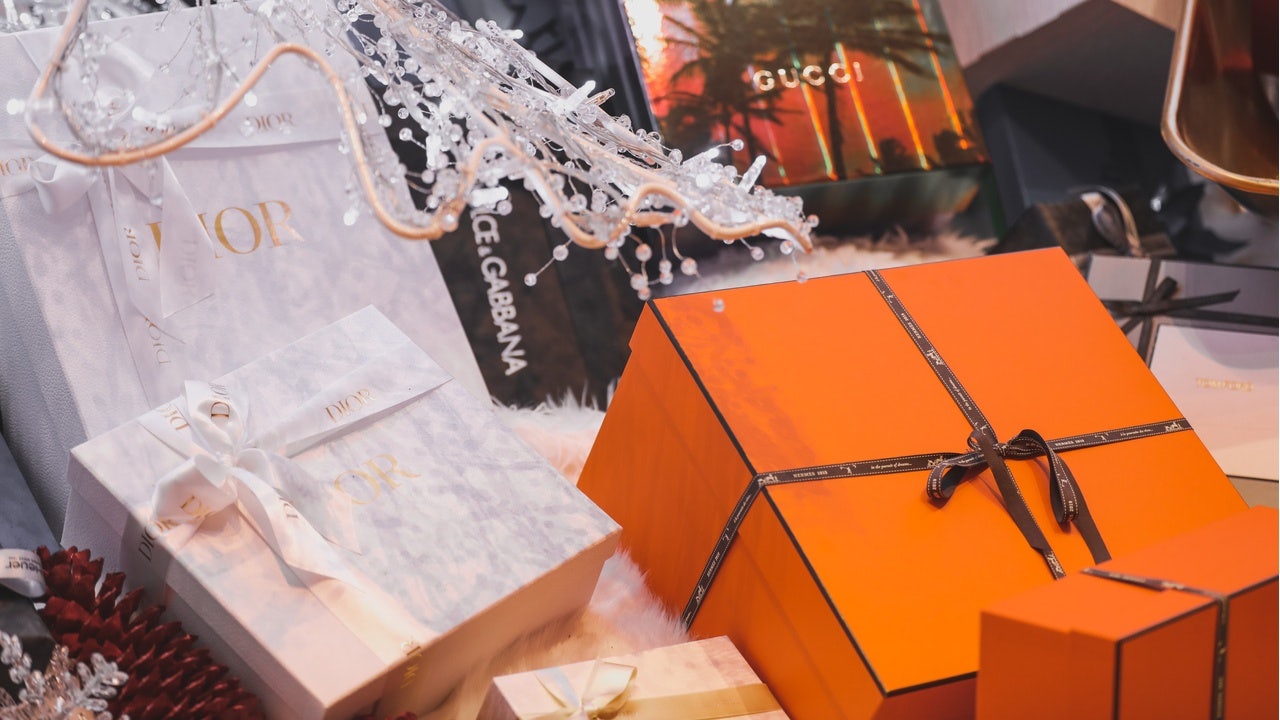Index Moves#
is our monthly analysis of the biggest climbs and drops on The Jing Daily KraneShares China Global Luxury Index, which tracks the global market performance of the luxury sector. The Index relies on the Jing Daily Global Luxury Score and Jing Daily Brand Awareness in China Score in addition to fluctuations in market cap and stock closing price. Below, we highlight luxury brand moves for the month ending November 30, 2021.
On November 16, five days after Singles’ Day ended, the Jing Daily KraneShares China Global Luxury Index hit its highest level ever (362.08). Before the month ended, however, all those gains were wiped out, with the Index plunging to 329.96 basis points.
The mid-month peak was largely driven by Singles' Day, now the largest shopping event of the year for many luxury brands. Over 100 billion worth of orders got placed during the 11-day event, with luxury playing an outsized role.
In the first ten minutes of JD.com’s Singles' Day event, transactions for luxury goods were 180-percent up from last year. Burberry quickly sold all of its 1,000 special-edition scarves, which came with interactive NFTs.
Luxury giants Hermès and Saint Laurent participated in Singles' Day for the first time this year. And while individual brands would not disclose their Singles’ Day sales results, markets reacted positively, and Hermès jumped into first place on the Jing Daily KraneShares Index.
JD.com and Alibaba did release results, which showed Singles' Day spending at its highest level since the event debuted 13 years ago, though Alibaba saw only an 8.5-percent increase from last year, its smallest rise yet.
Why, then, did the Jing Daily KraneShares Index spend the rest of the month in decline? “The talk at this stage of the year revolves around Singles' Day and Black Friday participation, but that has been overshadowed,” says Deutsche Bank’s Adam Cochrane. Omicron is the culprit, with luxury markets reacting negatively to news of this new COVID-19 strain. “It is likely we will see a fall in the amount of overall consumption as events are being canceled yet without the significant uptick in spending across home categories we saw last time.”
The new COVID-19 variant won’t just impact short-term sales, though. Next year will likely be subdued as big-spending Chinese tourists will likely remain away from European capitals. “I don’t foresee any rush happening in 2022, unfortunately,” says Adam Knight, co-founder of Tong, a China consultancy. “China’s zero-COVID policy, coupled with the reportedly low efficacy of its vaccine, especially in light of more aggressive variants such as Omicron, mean that Chinese travel is unlikely to resume en masse much before the middle of 2023. That is hugely significant for luxury brands, who have traditionally relied on footfall and spending among tourists.”
So Singles' Day might have been the last bit of good news for luxury markets not only in 2021 but across the first half of next year, as well. Most luxury analysts list the same concerns when looking ahead to 2022: a subdued travel sector, trade tensions with China, and a “softening” of economic prospects in China, all creating “a less buoyant discretionary spend environment,” says Luca Solca, a luxury goods research analyst at Bernstein.
But it is good to remember: Analysts listed these same concerns this time last year, and 2021 has not gone too badly. At the turn of the new year, 2021 will have marked the sixth consecutive year of market outperformance. It “will likely be an exceptional vintage for the luxury goods industry, with sector revenues — 15 percent above full-year 2019 levels,” says Thomas Chauvet, head of luxury goods equity research at Citi.
So, we might have seen the last spike of good news in 2021, but investors are broadly optimistic that 2022 can continue to deliver.

